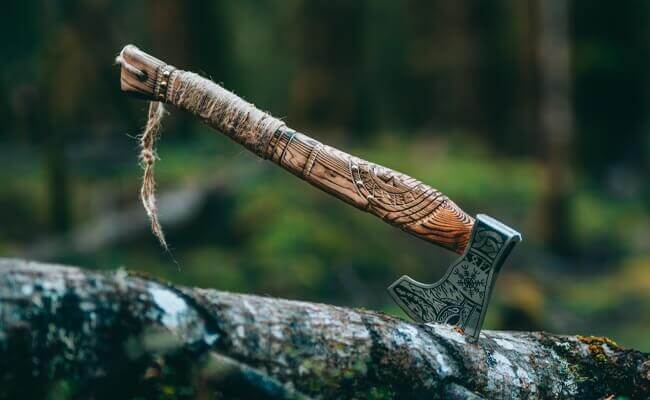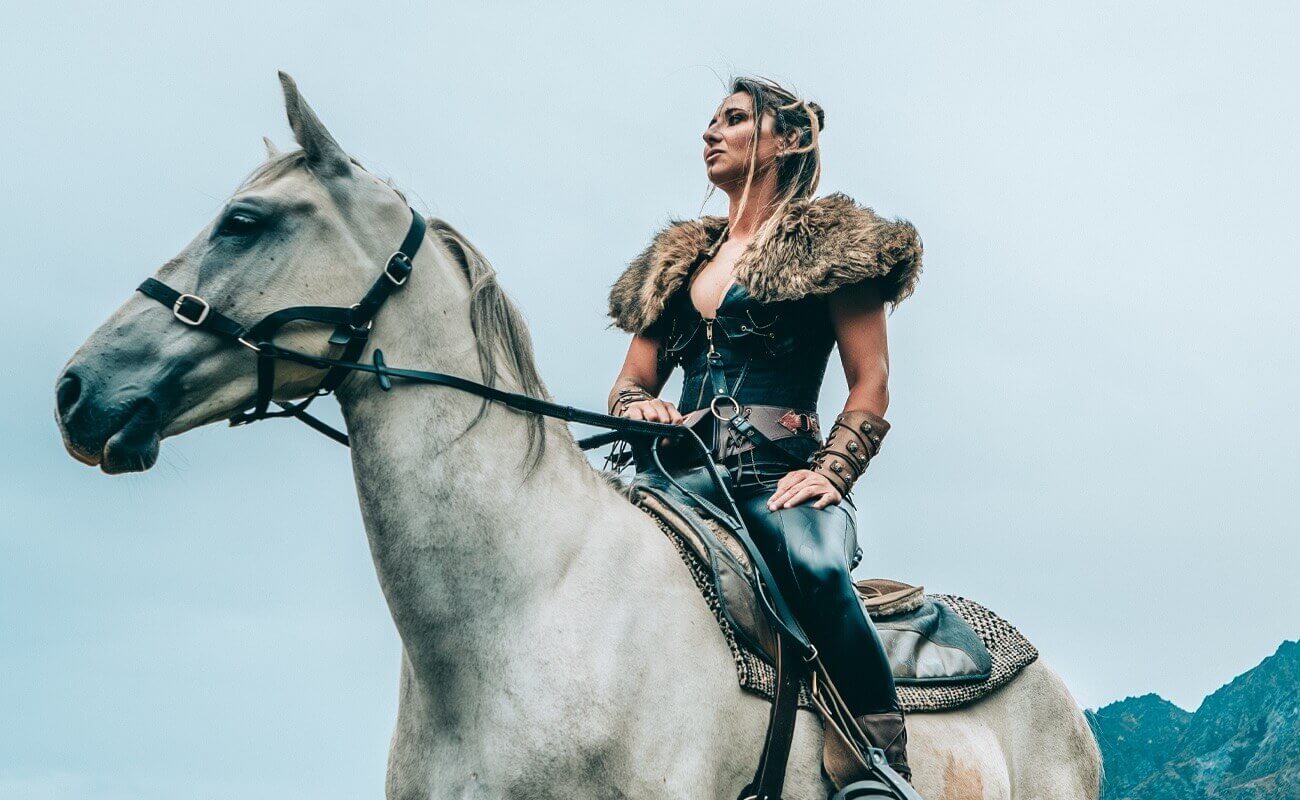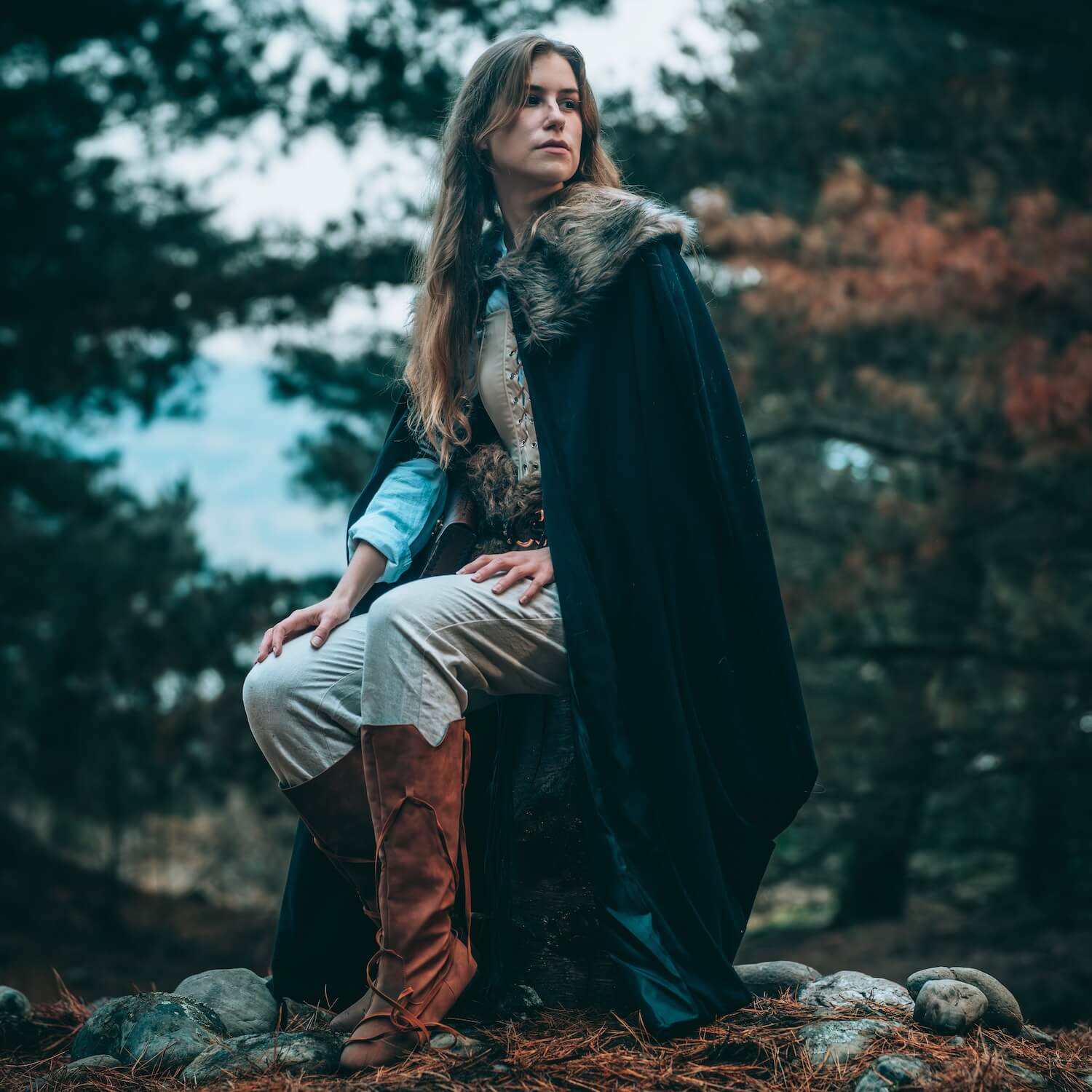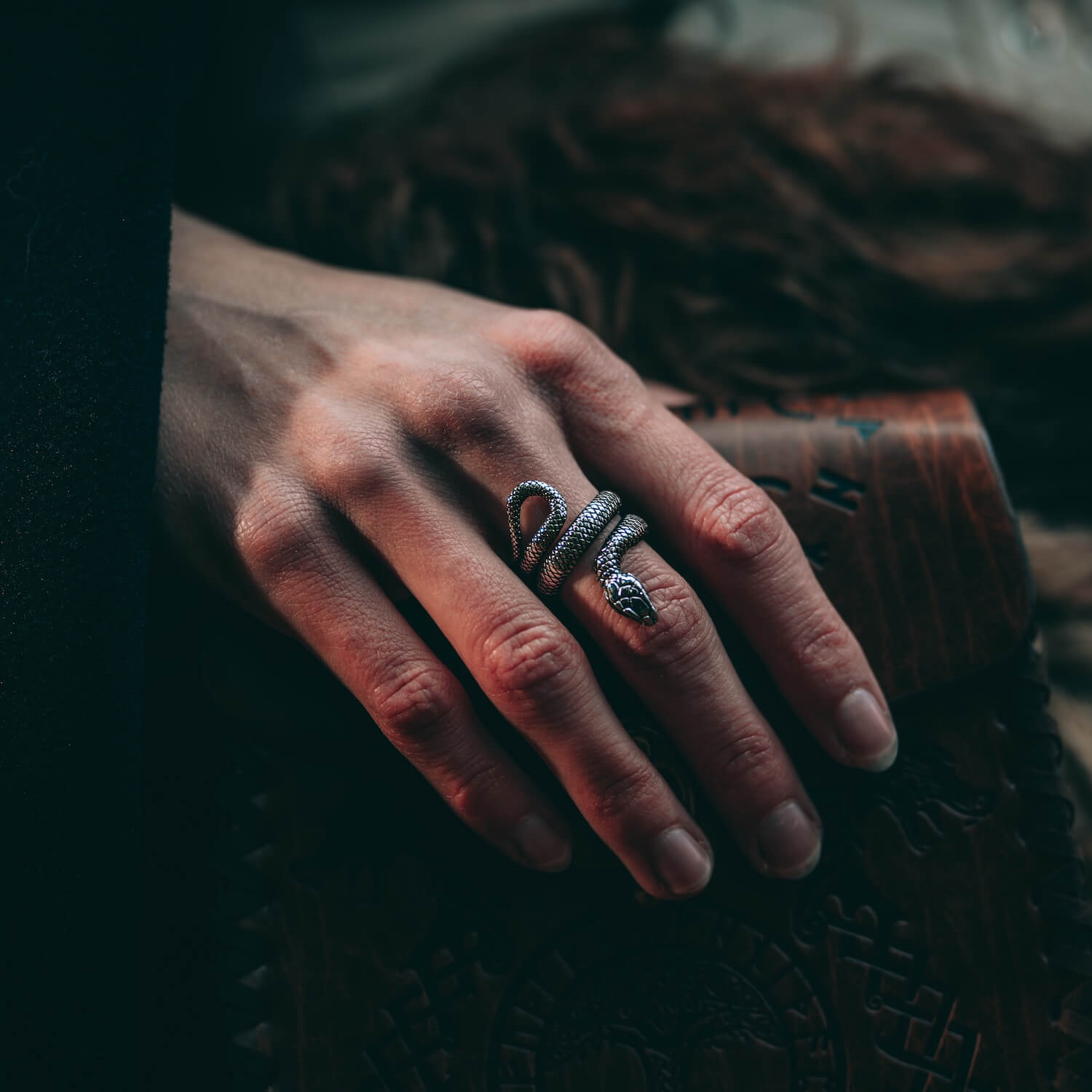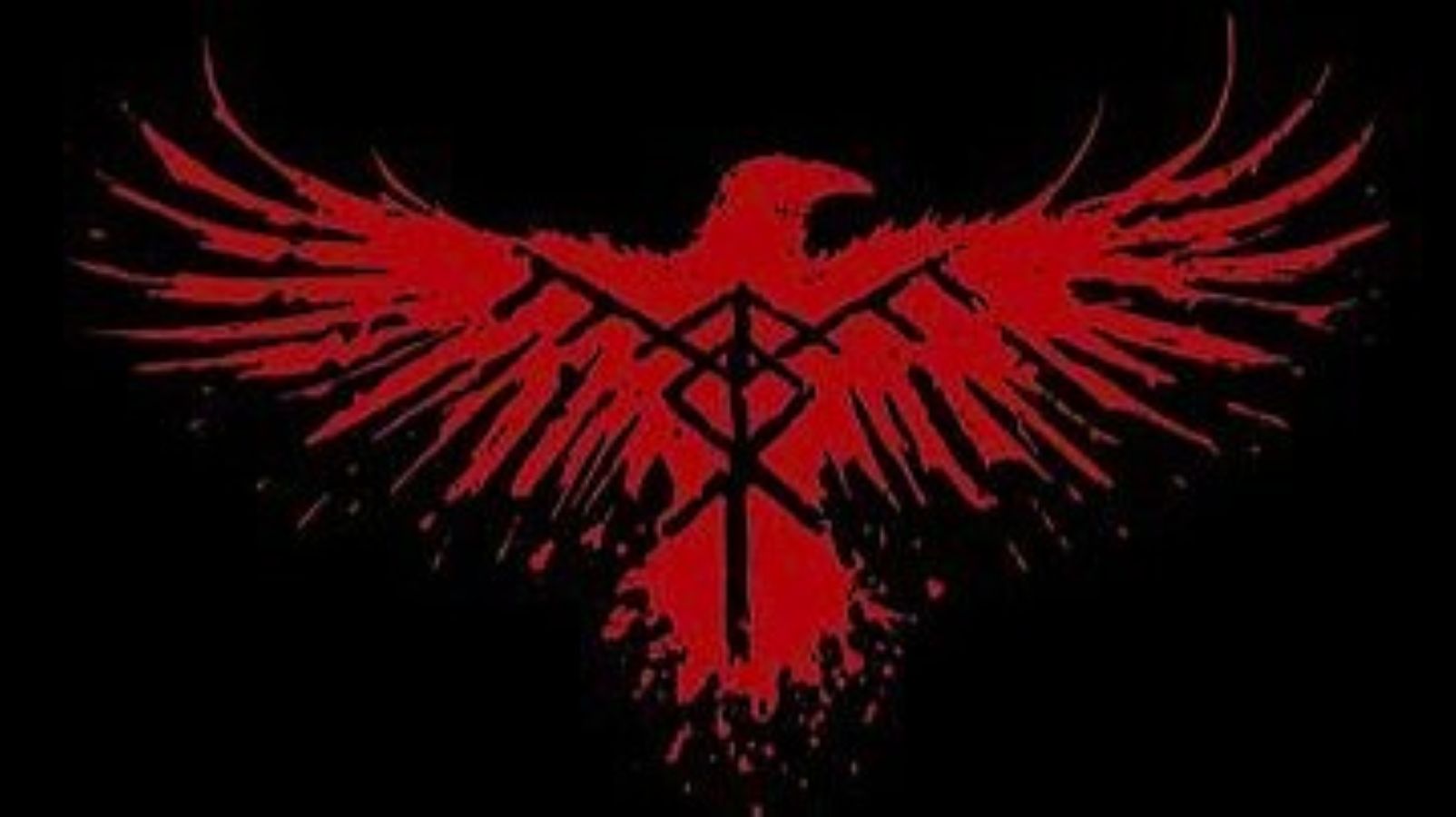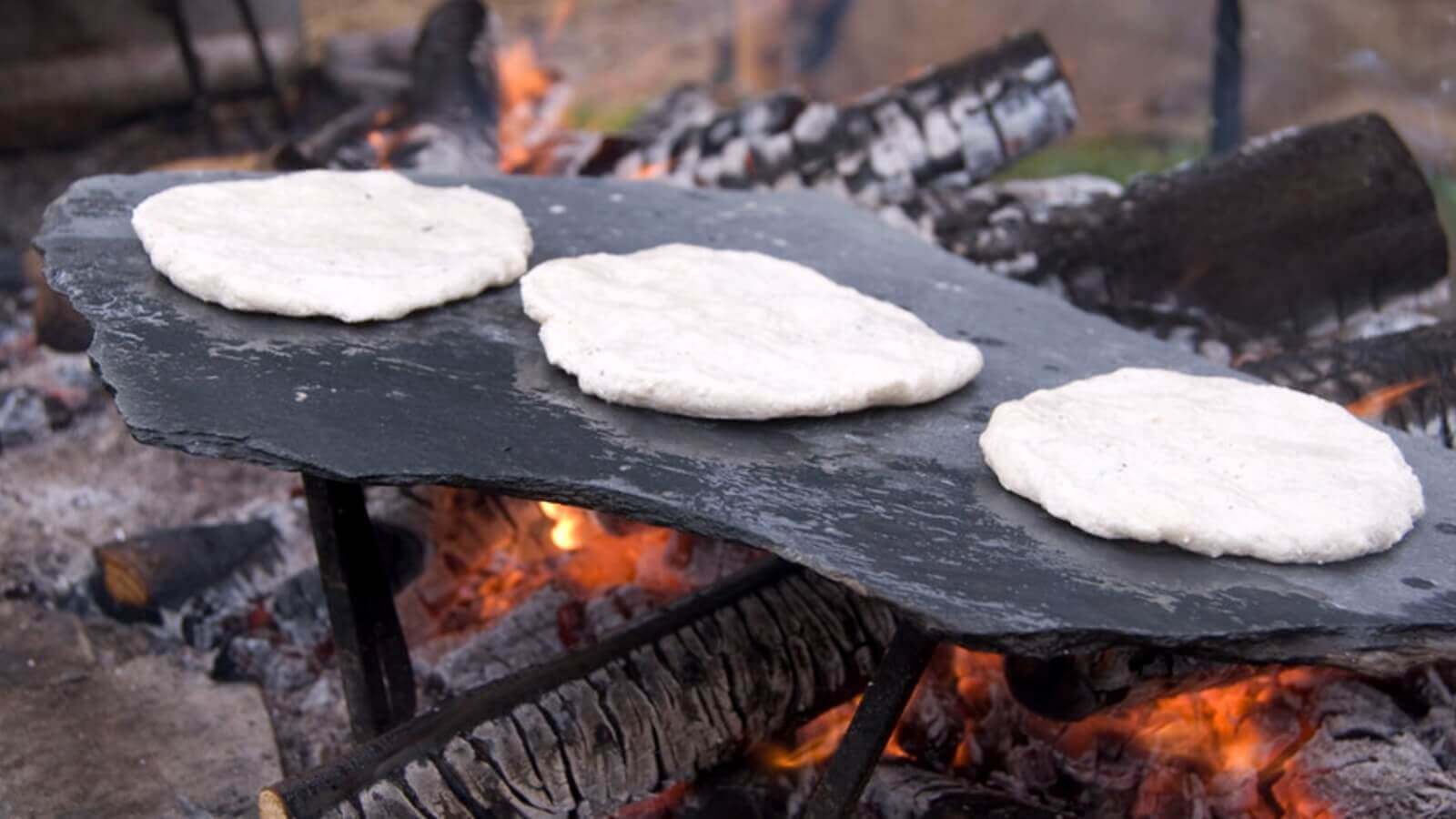
We made bread the way the Vikings made it. Here is how you too can do it!
Perhaps the richest archaeological site from the Viking Age would have to be that of Birka, in modern day Sweden.
In its day, Birka served as a trading center for the entire region, and many important historic artifacts and remains have been discovered there, illuminating our knowledge about the period.
Just one of the many finds from this region have been many examples of carbonized bread, of several different varieties. Many were discovered in graves, others next to hearths, and in homes, all of which were unleavened, and made out of the same basic materials. Thanks to the exhaustive research of many archaeologists, chemists and others, the ingredients of the most common form of bread from Birka have been identified.
Using the ingredients assembled from these various professionals, in addition to the information we have about Viking cooking techniques, adapted to a modern application, we actually made the bread that has been found in Viking settlements in Birka!

Most recipes agree that the main ingredients found in the Birka bread come down to whole wheat flour, ground flaxseed, organic barley flour, some salt, water, and either butter or lard. All of these were common at the time, and for the region, and traces of each have been found in the carbonized bread from Birka.

How to do it?
Each of the ingredients are combined in a bowl, using either a wooden spoon or your hands, and then left to sit for a short amount of time while the ingredients combine. This dough bound together well, but still felt dry to the touch, very unlike a modern day pie or pastry crust, and very unlike a leavened bread.

Just like you would see in the Viking era, and from remnants of the bread we’ve found today, the dough is formed into small cakes, only a few inches across, and as flat as desired, but not thicker than ½ to 1 inch. These are placed on a baking sheet, or, in a skillet, and cooked over high heat. We opted for the oven in this instance, as it would take much less time.

It’s difficult to tell exactly when the bread is done baking, but, keeping an eye on it, and making sure it doesn’t dry out, or burn, the finished bread will look similar to the picture above. While it’s alright to let them cool to a certain temperature, our recommendation would be to eat them warm, fresh out of the oven.
This bread is extremely hearty, and dense, and would definitely fill up the stomach of a Viking raider, without taking up much space in the longship; and, due to it’s being unleavened, and the the nature of it’s ingredients, the Birka bread has a respectable shelf life in the right conditions.
In the Viking era, bread like this would have been served alongside other foods as part of a complete meal, perhaps a hearty soup, or a roasted meat, or, as mentioned above, taken along as provisions on a longship.
In our recreation, we found that a little salted butter, fruit jam, or honey makes for a delicious, and filling treat.
Many recipes for this Viking era bread exist online, and are fairly easy to make. Go out and give it a try today, and dine like a Viking!

